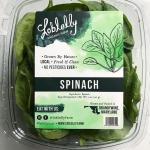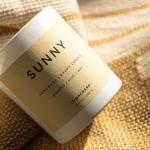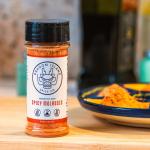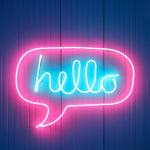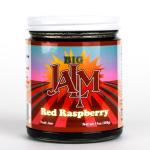-
Are Your Food Labels Up to Date? FDA Labeling Rules You Need to Know
Continue reading »Learn about FDA labeling rules and food label requirements. Stay compliant to avoid recalls, protect your brand, and ensure accurate food labels for consumers.
-
Spot Color vs. Digital Printing: What You Need to Know
Continue reading »Curious about the differences between spot color and digital printing? Here’s a clear explanation to help you pick the best printing method for your custom labels.
-
Prop 65 Warning Label Requirements: What You Need to Know
Continue reading »Need to understand Prop 65 warning label requirements? Find out everything about California Prop 65 compliance and what it means for your product labels.
-
FDA Food Labeling Requirements — Are You Compliant?
Continue reading »From ingredient lists and allergen disclosures to recent updates like structured product labeling, FDA food labeling requirements are essential. Learn about industry-specific guidelines and how to ensure your packaging stays compliant to avoid fines or product recalls.
-
2024 Font Trends & Best Fonts to Use on Your Labels
Continue reading »Choosing the right fonts for your custom labels is important in making your product pop. Check out the 2024 font trends and tips on picking the perfect style for your brand.
-
What Are the Best Industries for Estate Paper #9?
Continue reading »Estate Paper #9 is a premium label material known for its textured, classic feel. Find out why it’s a great choice for wine labels, gourmet foods, and luxury products.
-
Dietary Restrictions on Food Labels: What You Need to Know
Continue reading »Understand the importance of clear labeling for dietary restrictions, learn what information to include, and discover the best ways to display it on your food labels to ensure safety and compliance.
-
Prop 65 Neon: What You Need to Know About Labeling Requirements
Continue reading »Neon products may contain hazardous chemicals that require Prop 65 warnings. Discover how custom Prop 65 labels can help your business meet California's strict regulations.
-
Preparing Your Business for Holiday Sales: Essential Tips for Success
Continue reading »The holiday season is a crucial time for businesses of all sizes. Learn essential tips for preparing your business for holiday sales, including how to stay organized, manage inventory, and use custom labels effectively.
-
A Guide to Jar Labels: Materials and Design Tips
Continue reading »A jar label does more than inform—it sells. Learn the best materials and designs to make your jars stand out.

